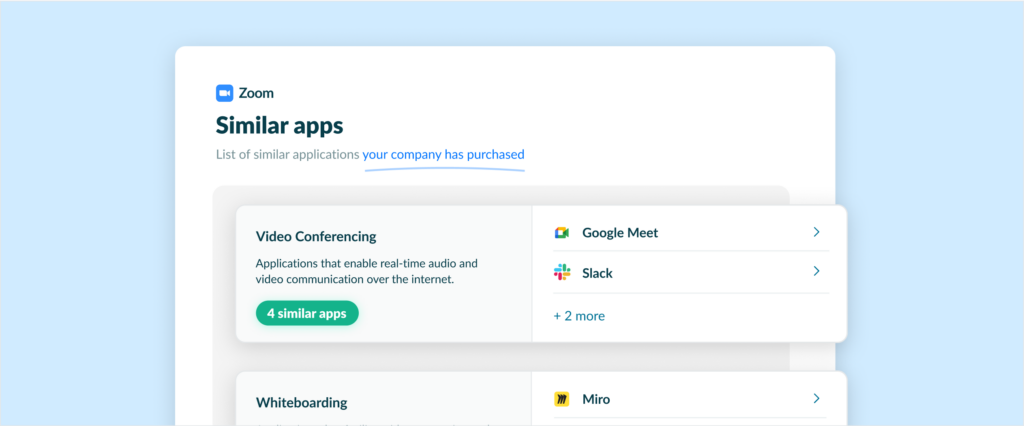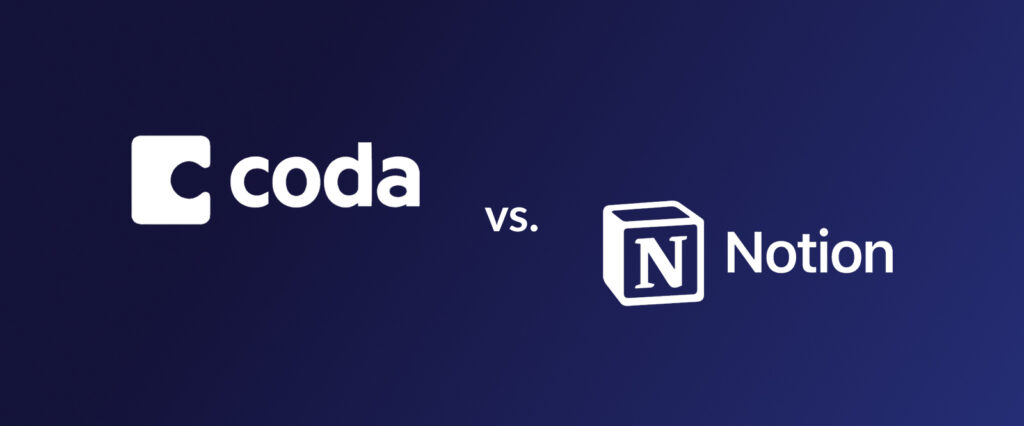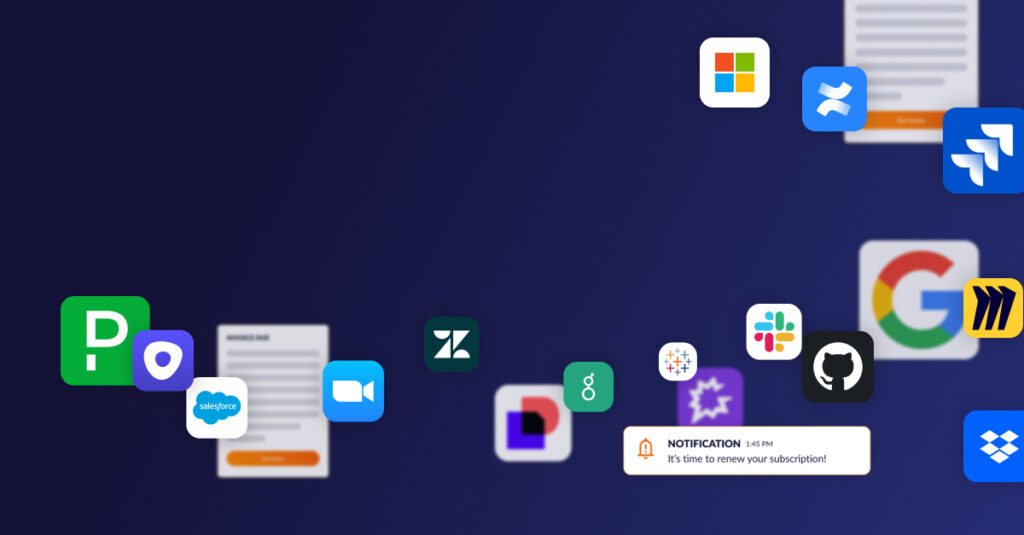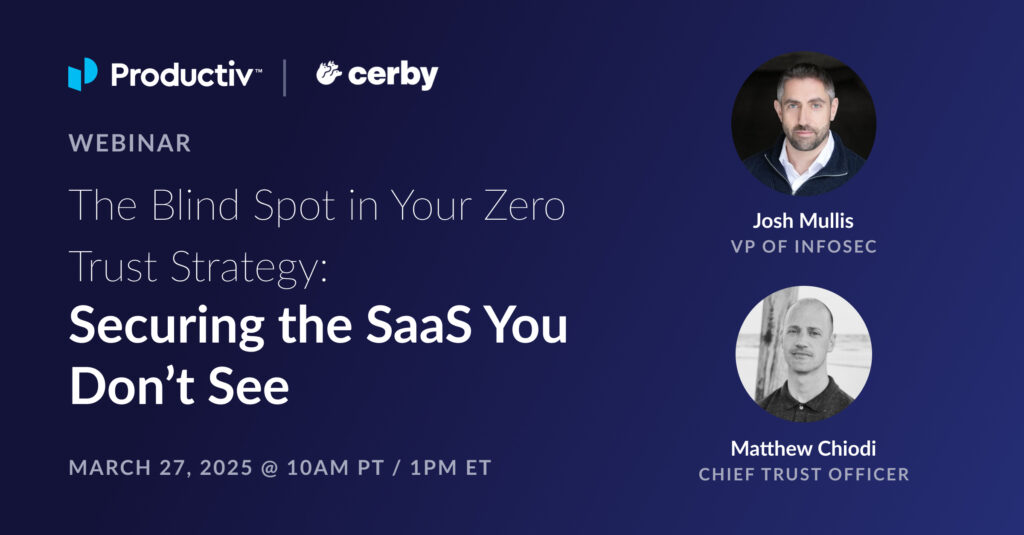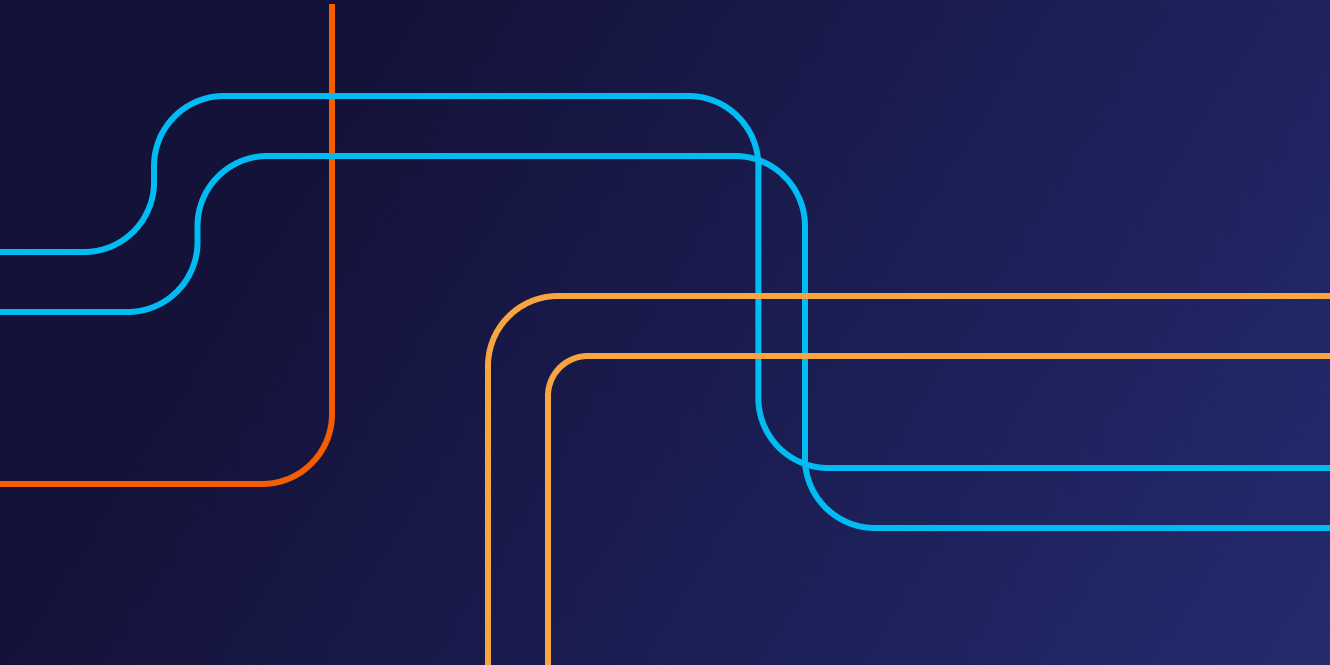
Contract management best practices for 2024
Software as a Service (SaaS) empowers businesses and professionals to use technologies hosted by an online provider. By subscribing to a SaaS solution, businesses save themselves the time and costs associated with implementing and maintaining on-premises software.
Because the majority of SaaS operates on a subscription basis, contract management is of utmost importance, especially when considering how many SaaS applications a company leverages at once. Contracts influence how much you pay for a service, the level of support received, and the legal protections regarding data. Visibility is critical to ensuring a business is spending appropriately for the technologies they’re using.
What is contract management?
Contract management is the process of managing all the aspects of your agreements — SaaS services, infrastructure and more — including the initial purchase, requests, approvals, negotiations, and renewals. SaaS licenses are a big component of SaaS contracts and should be monitored closely.
It’s important to note that how SaaS licenses and on-premises software licenses work often differs and can require unique approaches to effectively manage. There are also tools that can help you better manage these processes associated with agreements.
Benefits of contract management
Transparency is crucial. The average organization has an average of 371 apps in its portfolio. This trend of SaaS sprawl is predicted to continue or even accelerate in the years ahead. And it’s easy to get lost in such an environment. Risks include overspending on technologies with little adoption, underutilizing technologies you’ve already purchased, or missing opportunities to re-negotiate contract details ahead of renewals.
Thankfully, businesses can use SaaS Management Platforms to improve their visibility into their growing SaaS portfolios and the contracts associated with each application. SaaS Management Platforms also offer a variety of features to improve how you manage contracts by helping you you validate license costs, get deeper insights into spend across your portfolio, and negotiate favorable terms and pricing with vendors.
Contract management best practices
There are several steps involved in the contract management process including contract negotiations, reviews, and renewals. There are five steps to optimizing contract management:
- Improve visibility into contract repositories
- Negotiate contracts
- Develop protocols for purchases
- Routinely review contract terms
We’ll expand on each of these areas below. But first, it’s vital to understand some key terms.
Contract management key terms
- Contract lifecycle: Every contract has a lifecycle. These can be manually managed or processed through a contract lifecycle management (CLM) system. Some contracts will auto-renew, potentially, on a date before the end of the current contract. SaaS providers will often send alerts or notifications ahead of the contract expiration, but the onus is on the buyer to manage these relationships.
- Contract analytics tools: These tools use AI and machine learning to analyze contracts to identify potential opportunities and flag potential risks. This helps organizations make informed decisions regarding their contracts.
- Contract management platforms: Contract management platforms simplify document management, contract tracking, and lifecycle management from purchase to termination or renewal.
- Data privacy and security: These terms ensure that the vendor will respect and protect the customer’s data and comply with data privacy regulations.
- eSignature: Electronic signatures make it possible to sign contracts digitally, which saves the effort of having to print, physically sign, and re-upload completed contracts. These digital contracts are handled through a third-party contract management system.
- Indemnification: A legal agreement describing which parties agree to compensation for a breach of contract.
- Intellectual Property Rights (IPR): This defines who owns the intellectual property created during the use of the SaaS application and stipulates its use cases.
- Service Level Agreement (SLA): An SLA outlines an agreed-upon service level for a SaaS provider. This includes permanence metrics like uptime, response times to service requests, and a breakdown of responsibilities between the provider and customer.
- Subscription agreement: Each contract defines the terms and conditions of the subscription. This includes pricing, payment terms, and renewal options.
- Shadow IT: Technology systems, devices, and software used by employees within an organization without the IT department’s knowledge are classified as shadow IT.
- User terms of service: Defines user responsibilities, prohibited actions, and consequences for violations.
Best practices start with improved visibility
Getting a better handle on your SaaS Management starts with identifying your current applications. A SaaS Management Platform can help you optimize your spend by taking inventory of all the applications your organization uses and helping to manage the associated contracts. This will give you better visibility into terms of use, data handling conditions, start and end dates for your contracts, the number of licenses associated with each technology, and important renewal details.
It is almost impossible to accurately catalog and track the contracts and usage across all of the different applications an organization uses manually. Using a SaaS Management Platform allows organizations to gain a clear and confident view of their investments to improve their overall financial health and increase efficiency.
Negotiating contracts
Standard terms and conditions are written by the vendor to cover their interests. Generic language isn’t designed to take your unique company’s needs, risks, and desires into account. For example, an enterprise business might have unique needs due to its size, expectations for team growth, or organizational structure. It’s wise to negotiate with vendors to tailor contracts to fit your needs.
It’s important to recognize that contract negotiations are a good thing. They can create stronger relationships between vendors and buyers. Vendors get a better understanding of your organization, which helps them better meet expectations and provide relevant recommendations.
By working closely with vendors, enterprise companies can anticipate the number of licenses they need now and in the future, consolidate redundant agreements, and bolster their own buying power. All in all, it’s a win-win for both parties.
Developing best practices for purchasing SaaS tools
One of the most challenging factors enterprise companies face today is that individual users or teams often purchase SaaS solutions independent of the organization and outside of policy. This leads to:
- App redundancy
- Higher software costs due to improper negotiation dilligence
- A patchwork of terms and conditions that don’t benefit the organization as a whole
- Shadow IT with no oversight from the broader organization
- Employees failing to recognize that the company may already own software that fits their needs
Defining processes for software purchases benefits everyone in the organization. Providing employees and teams with purchasing policies sets them, and the business, up for success and centralizes visibility and governance through a SaaS Management Platform.
Enabling teams and employees to responsibly make purchasing decisions on their own affords departments a certain level of autonomy and saves time in approving each software purchase. When implementing a purchasing policy within your organization, start by setting clear guidelines for software procurement, and use a SaaS Management Platform to develop streamlined workflows, which include:
- When to involve the IT and procurement teams
- What purchase amounts necessitate a purchase order
- Stipulations regarding the types of technology or the number of licenses
- How to alert the IT department of a purchase
If an employee or team member needs a specific type of software, have them apply through the proper channels. In some cases, you can set up workflows to inform them about technologies a business already owns and has licenses for. In other cases, data can help you identify a wider need for these technologies across the company and make informed purchases that benefit multiple team members rather than an individual.
Routinely review app contract terms
By proactively managing contracts, organizations can take advantage of renewals, negotiate better pricing and terms, and anticipate needs in the short and medium terms. Consider conducting usage audits to see how often and how many team members are using an application. If a SaaS solution is rarely used, it might be prudent to shift that spending elsewhere. If lots of employees are using a technology and a company is expecting to hire more people, you might want to get ahead of that by buying more licenses.
Note that many vendors offer incentives for early renewals; not to mention new product releases, beta testing, and additional services that may benefit your organization.
Contract compliance
Contract compliance ensures all parties involved in an agreement adhere to the terms and conditions outlined in the contract. This includes paying fees on time, duration of the contract, using the software within its approved scope, intellectual property rights, data protection and privacy, as well as how to terminate a contract.
If someone within the organization breaches these terms — such as misusing intellectual property — you could be penalized or held liable. Similarly,contracts ensure that vendors are responsible to their customers. For example, if a vendor exposes a company’s private data due to mismanagement or a cybersecurity breach, that business has legal recourse.
Look for tools that can help your organization monitor and manage its contracts and avoid compliance risks and penalties.
Trends in contract management
Cloud-based technologies powered by artificial intelligence, machine learning, automation, data analytics, and data management are increasing in popularity. This trend is likely to continue as more businesses adopt AI strategies, purchase new types of software to manage their operations, and as more software providers shift to subscription models.
It’s easy to overlook opportunities to reduce costs and consolidate technologies when you’re managing an ever-growing portfolio. Luckily, SaaS Management Platforms simplify things like contract management so you can ensure that you are making data-driven decisions, working within terms and conditions across your organization, and never miss an opportunity to save.
About Productiv:
Productiv is the IT operating system to manage your entire SaaS ecosystem. It centralizes visibility into your tech stack, so CIOs and IT leaders can confidently set strategy, optimize renewals, and empower employees.
Learn more today